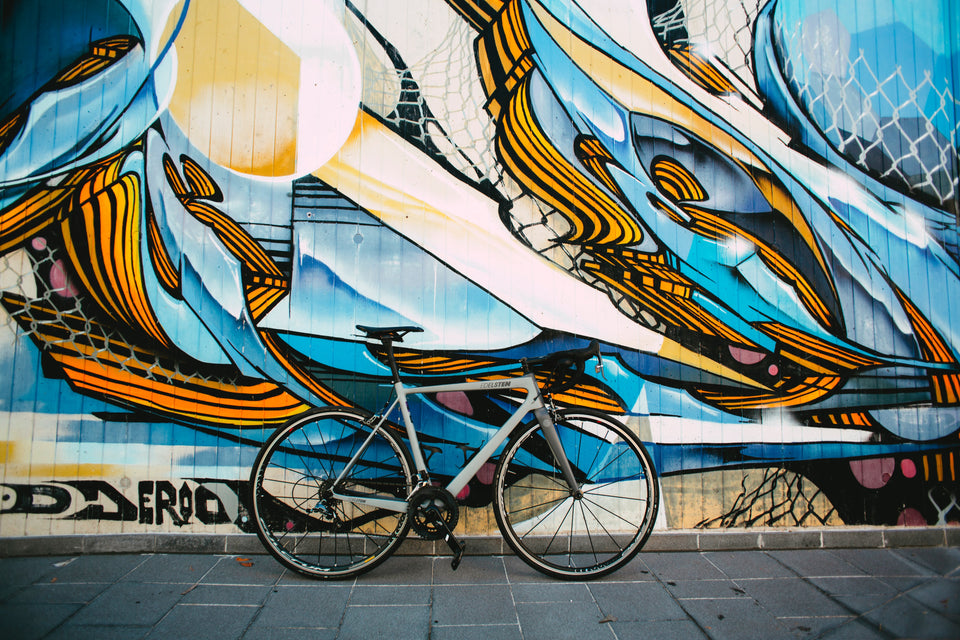Cycling Activism: How Grassroots Movements Are Shaping Bike-Friendly Cities
Cycling Activism: How Grassroots Movements Are Shaping Bike-Friendly Cities
As the world continues to grapple with the effects of climate change and its impact on the environment, more and more people are turning to cycling as a sustainable and eco-friendly mode of transportation. With the rise in cycling popularity, cycling activism is also on the rise, as grassroots movements are working to create bike-friendly cities and promote cycling as a viable transportation option. In this blog post, we'll explore how cycling activism is shaping the future of cycling, from creating bike lanes and advocating for cyclists’ rights to challenging the status quo and pushing for necessary changes.
In the past decade or so, cycling advocacy and activism have become a powerful force in the fight for safer roads and better transportation options. Cycling activists are working to create bike-friendly cities, cities that feature dedicated bike lanes, allow cyclists to ride safely on the roads and provide access to safe, secure bike storage. In the United States, cycling advocacy groups have successfully lobbied for bike-share programs, bike-lane construction, and other bike-friendly initiatives.
Cycling activists are challenging the dominant narrative around cars, challenging the assumption that cars are the only mode of transportation. They’re pushing for more bike lanes, more bike-share programs, and better public transportation for cyclists. They’re also advocating for more cyclist-friendly laws and regulations, promoting the rights of cyclists and creating a more inclusive cycling culture. They’re changing the way people think about cycling, from a hobby to an important part of the transportation ecosystem.
In this blog post, we’ll explore how cycling activism is creating bike-friendly cities, advocating for cyclists’ rights, and challenging the status quo. We’ll look at how grassroots movements are making a difference, and how you can get involved in your community. So read on to learn more about how cycling activism is shaping the future of cycling in cities around the world.
Cycling Activism: How Grassroots Movements Are Shaping Bike-Friendly Cities
Across the country, cities are becoming more bike-friendly and it’s largely thanks to the work of grassroots cycling activists. From advocating for better bike lanes and infrastructure to pushing for policy changes, cycling activists are helping to make cities more accessible and safer for cyclists, pedestrians, and other forms of transportation.
The Challenges of Cycling Activism
Cycling activism is often a difficult and thankless job. Cycling activists are often fighting against a system that is heavily biased towards cars and other motorized transportation. This can make it difficult to get their voices heard and their efforts noticed. Additionally, cycling activists often face pushback against their efforts from citizens who are resistant to change and businesses that are reluctant to make any modifications that could inhibit their customers’ access.
Cycling activists must also be careful to tread lightly when making their case, as they don’t want to alienate potential allies or come across as overly aggressive. It’s important for cycling activists to maintain a positive attitude and be respectful of opposing views, even if they don’t agree with them.
The Benefits of Cycling Activism
Despite the challenges, cycling activists are making a difference in cities across the country. By advocating for better infrastructure and policy changes, cycling activists are helping to make cities more bike-friendly. This can have a positive impact on cities in a variety of ways, including:
- Improving public health – More bike-friendly cities can lead to improved public health by reducing air pollution and increasing physical activity.
- Reducing traffic congestion – By providing an alternative to driving, more bike-friendly cities can reduce traffic congestion.
- Improving safety – Bike-friendly cities can lead to safer roads for all forms of transportation, including cyclists, drivers, and pedestrians.
- Boosting the economy – More bike-friendly cities can attract businesses, tourists, and new residents, which can lead to an economic boost.
How You Can Support Cycling Activism
If you want to help make your city more bike-friendly, there are a few things you can do to support cycling activism:
- Speak Up – Make your voice heard by attending meetings, joining rallies, and writing letters to your elected officials.
- Educate Yourself – Learn more about cycling infrastructure and the issues facing cyclists in your city.
- Spread the Word – Share your support for cycling activism on social media and encourage your friends and family to do the same.
- Donate – Consider donating to local cycling organizations and other groups that are working to make cities more bike-friendly.
Cycling activism is an important part of making cities more bike-friendly. With the help of grassroots movements, cities across the country are becoming more accessible and safer for cyclists, pedestrians, and other forms of transportation. So if you want to help make your city more bike-friendly, consider supporting cycling activists in your area.
In conclusion, grassroots cycling activism has been instrumental in furthering the bike-friendly city movement. With the help of dedicated individuals and organizations, cities are becoming increasingly bike-friendly and welcoming to cyclists. From bike-sharing initiatives to bike lanes and trails, grassroots cycling activism encompasses a broad range of activities that have the power to significantly transform the urban landscape. Through their efforts, activists have proven that bikes can be an effective, efficient and affordable form of transportation. Moreover, cycling advocacies have demonstrated that bike-friendly cities can offer numerous economic, social and health benefits. As the bike-friendly city movement continues to grow, grassroots cycling activists will continue to play a pivotal role in helping to shape bike-friendly cities. The future of cycling activism looks bright. As more and more cities recognize the value of bike-friendly infrastructure and design, cycling activists will have the opportunity to help shape the urban environment. Through their efforts, they will continue to make cycling a viable form of transportation for people of all ages and abilities. Ultimately, grassroots cycling activism can help create cities that are sustainable, equitable and truly bike-friendly.










